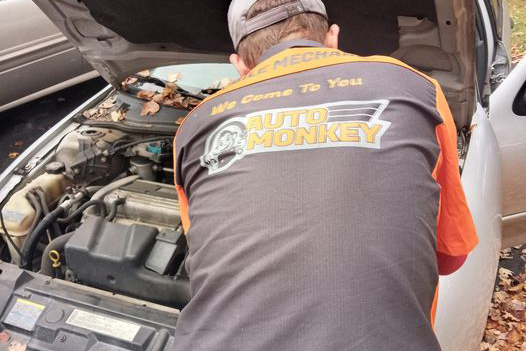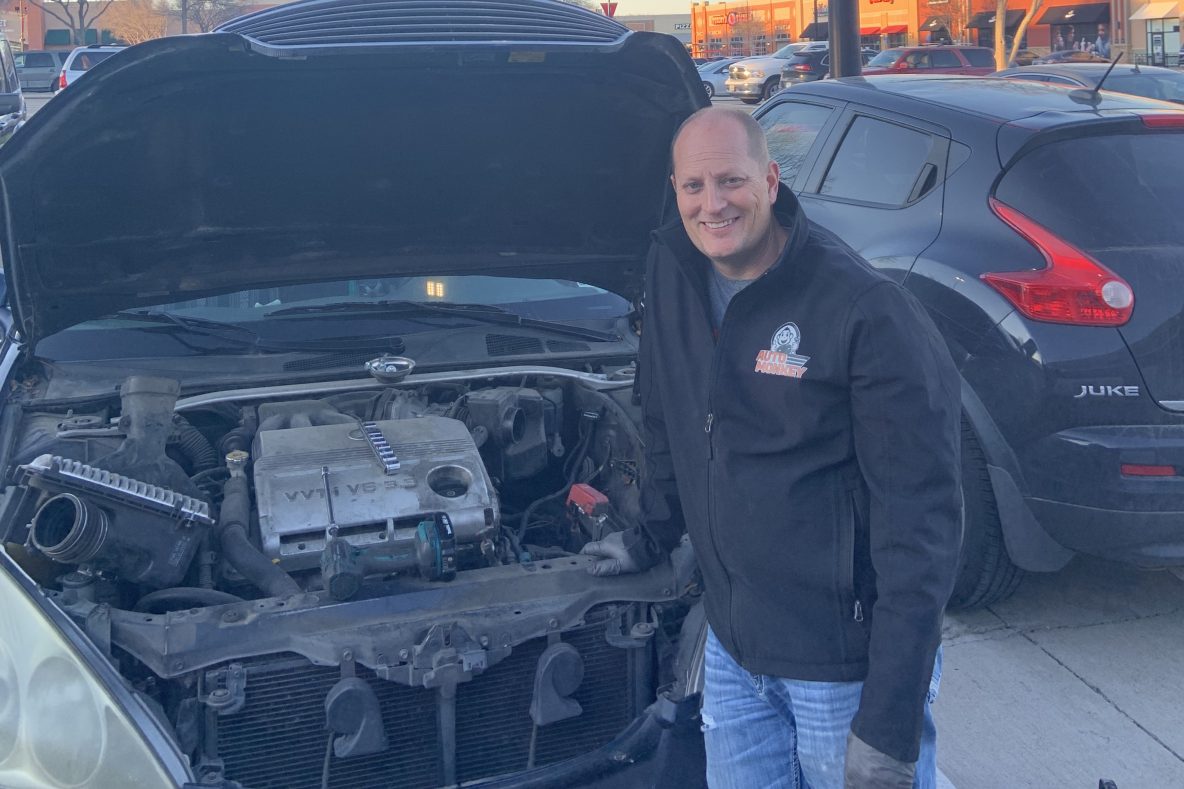Preparing Your Vehicle for Colder Weather
Cold weather Tips for Car Owners
As temperatures drop and winter approaches, your vehicle needs extra care to ensure it performs well during colder months. Harsh weather conditions can impact everything from your engine’s health to your safety on the road. A little preparation goes a long way in avoiding costly repairs or breakdowns when you least expect them.
Winterizing your vehicle ensures a safe and stress-free season, protecting both you and your car from the challenges of colder weather. Whether it’s inspecting your tires, topping off fluids, or assembling an emergency kit, these steps can save time, money, and peace of mind.
Here’s 10 different tips you can do to get your car ready for a maintenance free winter. But if you'd like professional help, consider scheduling a winter vehicle check with Auto Monkey. Our certified mechanics are ready to keep your car in peak condition, no matter the weather.
1. Check and Replace Your Battery
Cold weather can be tough on car batteries. Lower temperatures slow the chemical reactions within the battery, reducing its efficiency. If your battery is more than three years old, have it tested to ensure it holds a charge effectively.
Tip: Clean the terminals and tighten any loose connections to maximize performance.
2. Inspect Tires and Consider Winter Tires
Proper tire maintenance is critical during winter. Inspect your tires for wear and tear, ensuring they have adequate tread depth to handle slippery roads. Consider switching to winter tires, which are designed to provide better traction in snow and ice.
Tip: Check your tire pressure frequently; cold air causes it to drop.

3. Test Your Heating System
A functional heating system isn’t just about comfort—it’s also essential for defrosting windows and keeping your visibility clear. Test the heater and defroster before temperatures plunge. If there’s an issue, a certified mechanic can inspect your system for leaks or blockages.
4. Top Off and Replace Fluids
Cold weather affects various fluids in your vehicle.
- Antifreeze (Coolant): Ensure your antifreeze is at the correct mixture (typically 50/50 water and coolant) to prevent freezing.
- Windshield Washer Fluid: Use a winter-grade formula that won’t freeze on the glass.
- Oil: Consider switching to a winter-grade oil with a lower viscosity for easier engine starts in the cold.
5. Examine Your Wiper Blades
Visibility is crucial when driving through snow and ice. Wiper blades often wear out after a year of use, so consider replacing them with winter-grade blades designed to handle harsh conditions.
Tip: Use an ice scraper to clear your windshield instead of relying solely on your wipers.
6. Check Your Brakes
Braking distances increase on slippery roads, so your brakes must be in top condition. Listen for unusual noises or vibrations, which could indicate wear. A pre-winter brake inspection can save you from hazardous situations.
7. Prepare an Emergency Kit
Winter driving can be unpredictable. Prepare an emergency kit to keep in your trunk, including:
- A flashlight and extra batteries
- Warm blankets and clothing
- Non-perishable snacks and water
- Jumper cables
- A small shovel
- Ice scraper and de-icer
- First aid kit
8. Inspect Belts and Hoses
Cold temperatures can cause belts and hoses to become brittle. Check for signs of wear, such as cracks or fraying, and replace them if necessary.
9. Protect Your Vehicle’s Exterior
Winter road salt and grime can damage your car’s paint and undercarriage. Wash your vehicle regularly and consider applying a coat of wax for added protection. Don’t forget to clean the undercarriage to prevent rust.
10. Plan for Storage if You’re Not Driving
If you won’t be driving your vehicle frequently during the winter, take extra precautions:
- Fill the gas tank to prevent moisture buildup.
- Use a car cover to protect the exterior.
- Start the car occasionally to keep the battery charged.


